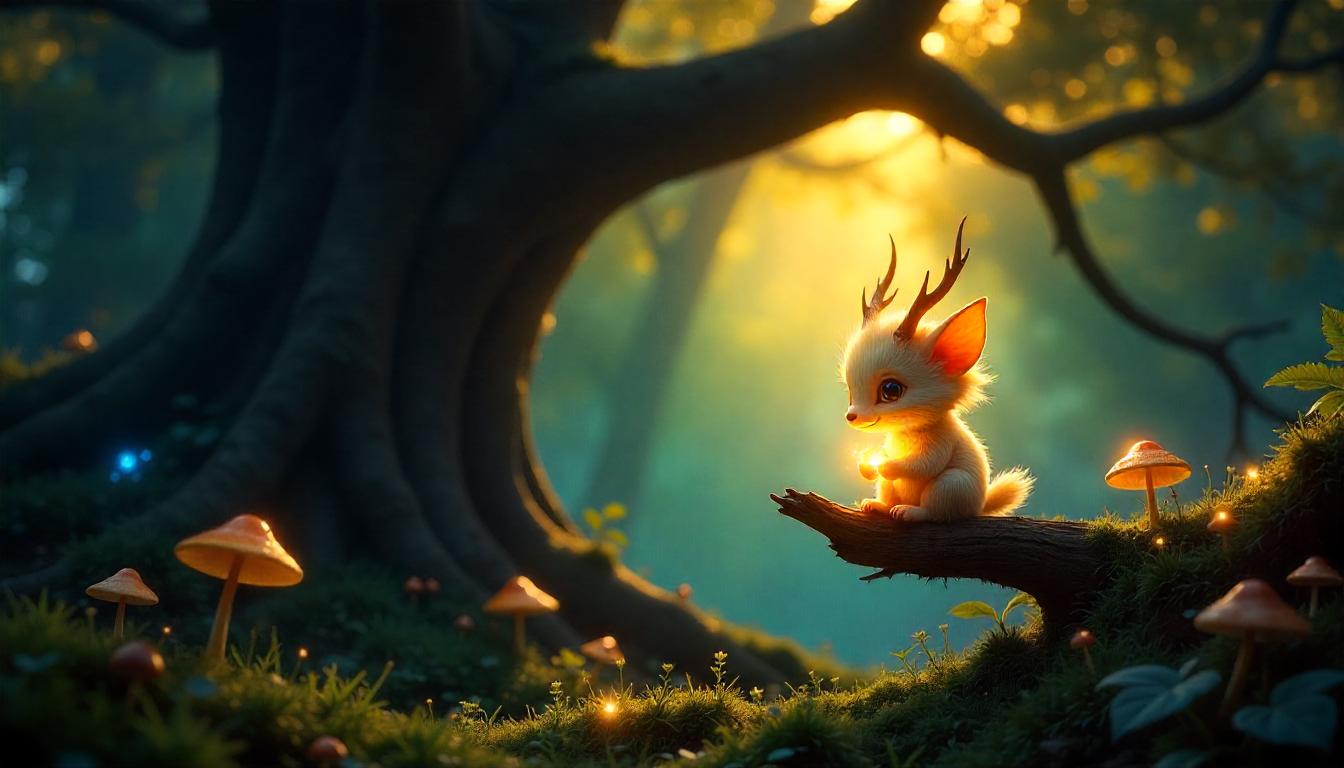Short Summary:
“Ori and the Blind Forest“ is a visually stunning action-platformer that masterfully weaves together emotional storytelling, challenging gameplay, and breathtaking art. Players guide Ori, a guardian spirit, on a quest to restore the balance of a dying forest. With tight controls, intricate puzzles, and a hauntingly beautiful soundtrack, the game offers an unforgettable experience.
Full Detailed Description
Introduction
“Ori and the Blind Forest” is more than just a video game; it’s a deeply moving work of art. Developed by Moon Studios and released in 2015, the game has become a standout in the metroidvania genre due to its emotional depth, vibrant visuals, and meticulously crafted gameplay. Players are immersed in the world of Nibel, a magical forest teetering on the brink of destruction, and must guide Ori, a small white guardian spirit, through perilous challenges to save it.
1. Storyline and Themes
The story begins with an emotional opening sequence, introducing Ori and Naru, the spirit’s adoptive parent. This heartfelt introduction sets the tone for the game, showcasing themes of love, loss, and resilience. As the forest succumbs to decay due to the theft of its life source, Ori is separated from Naru and begins a journey of self-discovery.
Key story moments are interwoven with the game’s environment. Players uncover the lore of Nibel, including the tragic backstory of Kuro, the antagonist. Kuro’s motivations are not purely malevolent; they reveal the consequences of survival and grief, adding complexity to her character.
The narrative is presented without traditional dialogue, relying instead on visual storytelling, subtle animations, and the voice of the Spirit Tree to convey its emotional weight.
2. Gameplay Mechanics
Metroidvania Design
“Ori and the Blind Forest” is a metroidvania game, meaning exploration and progression are tightly interconnected. As players traverse the world, they gain new abilities, which unlock previously inaccessible areas. This design encourages backtracking, rewarding curiosity and persistence.
Platforming Challenges
The game is known for its tight, responsive controls. Ori’s movement feels fluid, whether jumping across chasms, scaling walls, or using advanced abilities like the “Bash” mechanic, which allows players to propel Ori off enemies or projectiles.
The platforming sequences are often challenging, particularly in the game’s escape sequences. These moments—set in collapsing environments—test players’ reflexes and mastery of mechanics.
Combat System
Combat in Ori and the Blind Forest is minimalistic yet satisfying. Ori relies on Sein, a guiding light that shoots energy projectiles. While simple, the system demands strategic positioning and timing, especially against larger foes.
3. Art and Visual Design
The visuals in Ori and the Blind Forest are nothing short of breathtaking. Each area of the forest is hand-painted, brimming with detail and personality. The art style blends soft, ethereal lighting with vibrant colors, making the world of Nibel feel alive.
Notable locations include:
- Sunken Glades: A serene introduction to the forest.
- Ginso Tree: A towering structure filled with water puzzles.
- Forlorn Ruins: A hauntingly beautiful area shrouded in mystery.
These diverse environments keep the visual experience fresh and engaging.
4. Music and Sound Design
Composer Gareth Coker’s soundtrack is integral to the game’s emotional impact. The music ranges from tranquil melodies to intense orchestral pieces, perfectly matching the gameplay and narrative beats. Tracks like “Ori, Lost in the Storm” and “Escaping the Ruins” evoke strong emotions, ensuring the music lingers in the player’s mind long after the credits roll.
Sound effects are equally immersive, from the rustling leaves to the ominous growls of enemies. Together, they create an auditory landscape that enhances the sense of wonder and danger.
5. Emotional Impact
One of Ori and the Blind Forest’s greatest strengths is its ability to evoke emotions. The bond between Ori and Naru, the stakes of saving Nibel, and Kuro’s tragic story all contribute to a deeply moving experience. The game doesn’t shy away from exploring themes of sacrifice and redemption, leaving a lasting impression on players.
6. Accessibility and Replayability
The game offers multiple difficulty modes, catering to both casual players and hardcore platforming enthusiasts. Additionally, the Definitive Edition includes new areas, abilities, and story elements, enriching the overall experience.
Replayability stems from the desire to explore every corner of the map, find hidden secrets, and complete the game faster (speedrunning). The tight design ensures each playthrough feels rewarding.
7. Legacy and Influence
Ori and the Blind Forest set a benchmark for indie games, proving that smaller studios can deliver AAA-quality experiences. Its success paved the way for a sequel, Ori and the Will of the Wisps, which expanded on the original’s formula.
The game’s influence is evident in other titles that have adopted similar approaches to storytelling, art, and gameplay. It remains a gold standard in the metroidvania genre.
Conclusion
“Ori and the Blind Forest” is a masterpiece that combines stunning visuals, a touching story, and challenging gameplay into a seamless experience. It’s a game that resonates emotionally and challenges players intellectually, leaving an indelible mark on the gaming industry. Whether you’re a fan of platformers or a newcomer to the genre, Ori’s journey through Nibel is one you won’t want to miss.
If you’d like, I can expand on any specific section or adjust the tone!
